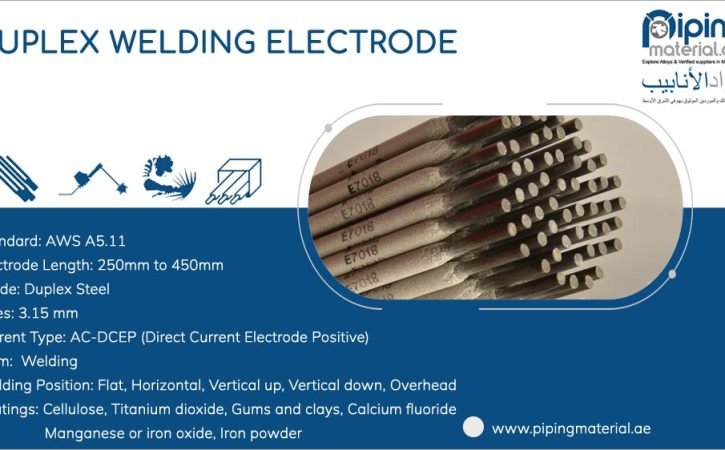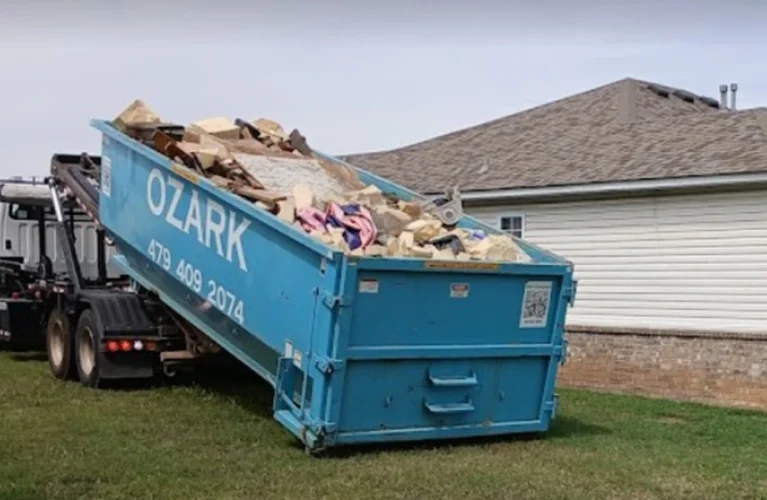
Introduction:
In the world of welding, selecting the right electrode is crucial for achieving high-quality welds with optimal strength and corrosion resistance. In this blog post, we will explore two types of welding electrodes: 316 stainless steel electrodes and duplex welding electrodes. We will delve into their properties, applications, and best practices for successful welding.
316 Stainless Steel Welding Electrodes: 316 stainless steel electrodes are specifically designed for welding stainless steel of the 316 and 316L grades. This type of stainless steel is widely used in various industries due to its excellent corrosion resistance, high temperature strength, and good weldability. The 316 stainless steel welding electrodes are classified as AWS E316-16 or AWS E316L-16, based on their chemical composition.
Properties and Characteristics:
Corrosion Resistance: 316 stainless steel electrodes offer superior resistance to corrosion, especially in aggressive environments containing chlorides, acids, and other corrosive substances. This makes them suitable for applications in marine environments, chemical processing plants, and the food industry.
High Temperature Strength: These electrodes exhibit excellent strength and integrity at elevated temperatures, making them suitable for applications that involve high heat or cyclic heating and cooling, such as heat exchangers and exhaust systems.
Weldability: 316 stainless steel electrodes have good weldability, ensuring ease of use and producing welds with high integrity. They can be used for both thin and thick sections of stainless steel, providing reliable and durable joints.
Applications: 316 stainless steel welding electrodes find applications in various industries, including:
- Petrochemical and chemical processing plants
- Pharmaceutical and food processing equipment
- Heat exchangers and condensers
- Pulp and paper industry
Duplex Welding Electrodes: Duplex welding electrodes are specifically designed for welding duplex stainless steels, which are a combination of austenitic and ferritic stainless steels. These steels offer a unique combination of high strength and excellent corrosion resistance, making them suitable for demanding applications.
Properties and Characteristics:
Dual-Phase Structure: Duplex stainless steels have a dual-phase microstructure consisting of approximately equal proportions of austenite and ferrite. This structure provides the steels with a balanced combination of mechanical strength and corrosion resistance.
Corrosion Resistance: Duplex welding electrodes offer exceptional resistance to various forms of corrosion, including pitting, crevice corrosion, and stress corrosion cracking. They are commonly used in applications involving exposure to chloride-containing environments, such as seawater.
High Strength: Duplex stainless steels have higher strength compared to austenitic stainless steels, allowing for thinner sections and weight reduction in structural applications. Duplex welding electrodes ensure strong and reliable welds, maintaining the integrity of the duplex structure.
Applications: Duplex welding electrodes are used in a wide range of industries, including:
- Oil and gas industry, particularly in offshore platforms and pipelines
- Chemical and petrochemical processing
- Desalination plants
- Structural applications in architecture and construction
- Heat exchangers and pressure vessels
Best Practices for Welding:
Cleanliness: Ensure the base metal and the welding electrode are free from contaminants such as dirt, oil, grease, and oxides to achieve sound welds with optimal properties.
Heat Input: Control the heat input during welding to avoid excessive heating, which can lead to distortion, loss of corrosion resistance, or the formation of unwanted phases.
Interpass Temperature: Duplex stainless steels are sensitive to the heat input and the interpass temperature. Maintain proper interpass temperature control to prevent the formation of harmful phases or reduced corrosion resistance.
Post-Weld Heat Treatment: Some applications may require post-weld heat treatment to improve the properties of the weld, such as reducing residual stresses and restoring corrosion resistance. Follow the recommended heat treatment procedures when necessary.
Conclusion:
Selecting the appropriate welding electrode is vital for achieving high-quality welds in stainless steel applications. 316 stainless steel welding electrodes and duplex welding electrodes are tailored to meet the specific requirements of their respective stainless steel grades. By understanding their properties, applications, and best practices for welding, you can ensure successful and durable welds in your projects.












